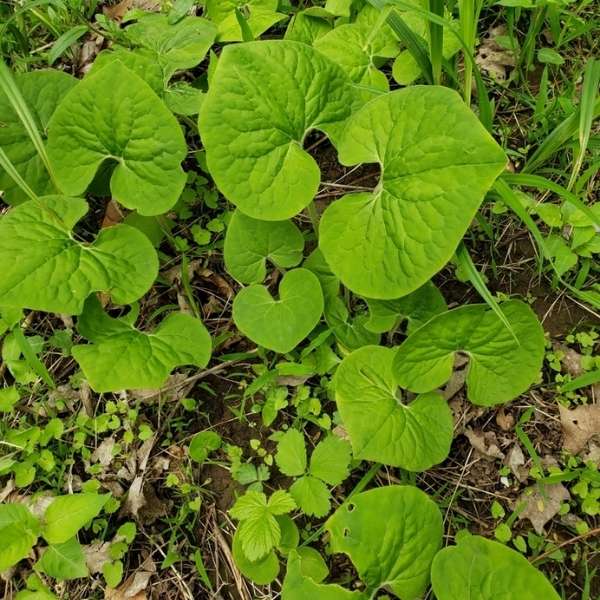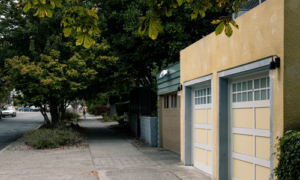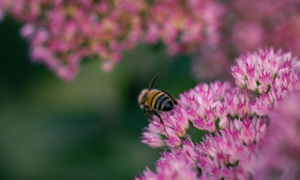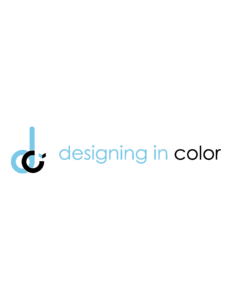Wild ginger, Asarum canadense, is found growing throughout the eastern United States and southeastern Canada, as well as parts of Asia. Despite its name, it bears no relation to culinary ginger. At first glance. it’s not very remarkable, because the flowers are hidden beneath the leaves at the base of the plant. This unusual growth structure is believed to have evolved to help early spring insects locate the flower for food and pollinating. The brownish-mauve flowers have a distinctive bell shape with three small tips that flare out from its edges. They are not of interest to deer or other herbivorous mammals, but insects love this plant, including ants who carry its seeds underground for germination. Wild ginger attracts a very specific pollinator: the Pipevine Swallowtail Butterfly. Description from The Spruce
Home > Plant Guide >
Scientific Name
Family
Garden Type
Wildlife
Native Plant Region
Light needs
Water Needs
Plant Type
Bloom Color(s)
Height
Width
Months in Bloom
Safe Beneath Power Lines?

We’d like to maintain accurate and robust plant listings. If you see information that is not correct or that could be added to improve the listing, please let us know. Or if you’d like to suggest a plant to add to our plant guide, you can use this form do so. Thank you!

Take a virtual tour of Capitol hill with naturalist and author David B. Williams and gain a new appreciation of the nature of the city and its wild side.

This workshop will guide you through the process and materials needed to help you decide if Mason Bees are right for you and your garden, whether you have a small deck or an open garden.

Some introduced plant species can diminish biodiversity. Other plants produce poisons that can harm wildlife. Learn what plants to avoid when figuring out what to plant or remove in your outdoor space.

Learn about diversifying the way architecture is taught and practiced from designers of color.

Gardeners can check out seeds for free from the library to plant. Then after harvest, gardeners bring seeds back to the library for others to enjoy in future growing seasons.

Gardeners can check out seeds for free from the library to plant. Then after harvest, gardeners bring seeds back to the library for others to enjoy in future growing seasons.
Nature of Your Neighborhood is a collaboration between Birds Connect Seattle, the Capitol Hill EcoDistrict, and the Seattle Bird Conservation Partnership. Our goal is to foster relationships between the people and the nature of their neighborhoods.